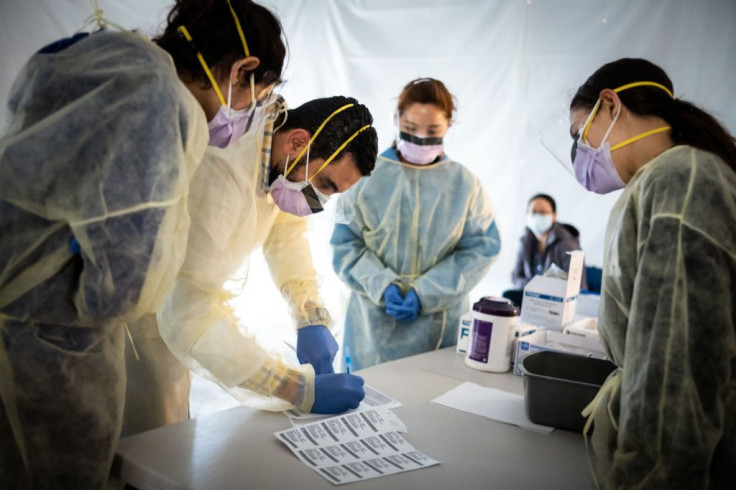The new strain of coronavirus responsible for COVID-19 is believed to have emerged from a food market in Wuhan, China in December 2019. However, conspiracy theories claim that an American scientist named Charles M. Lieber was responsible for the creation of the deadly virus, which has killed thousands around the world since January.
Here are five interesting facts about the alleged COVID-19 creator, Charles Lieber:
He is a renowned American chemist
A pioneer in nanoscience and nanotechnology, Charles Lieber has valuable contributions in the application of nanoelectronic devices in biology and has been a mentor to several leaders in nanoscience. In 2011, he was recognized as the leading chemist of the decade because of his contributions in the field.
He wrote many books on nanoscience
Since he started his career, Lieber has published at least 400 papers in peer-reviewed journals and has been a contributor to several books on nanoscience. He has invented more than fifty US patents and applications and continues to conduct research on his field of expertise. His current work focuses on integrating electronics within the central nervous system.
He has served in two of the top universities in America
In 1987, Lieber served as Assistant Professor at the Department of Chemistry of Columbia University. Five years later, he moved to Harvard as Full Professor. Currently, he holds a joint appointment at the Department of Chemistry and Chemical Biology of Harvard University.
He is a self-confessed competitive person
In a previous interview, Lieber admitted feeling pressured “to get things done quickly and—ideally first—and to break new ground.” “What I like to do as a scientist is to work on things that have not already been shown to work,” he said.
He was previously arrested over his fishy collaboration with a Chinese university
Last January, Charles Lieber was arrested on charges of making false statements to U.S. law about a collaboration he had forged with a university in China. U.S. law enforcement officials discovered that in 2013, he signed an agreement between Harvard University and Wuhan University of Technology (WUT) to “carry out advanced research and development of nanowire-based lithium ion batteries with high performance for electric vehicles.” The Chinese government reportedly forged the collaboration to gain an edge in economic and military advances.

© 2025 Latin Times. All rights reserved. Do not reproduce without permission.




